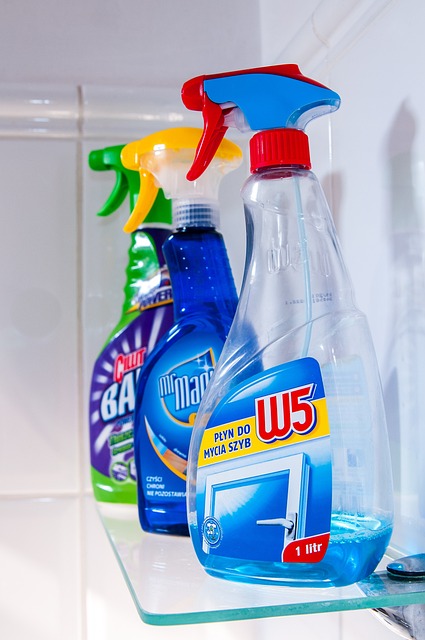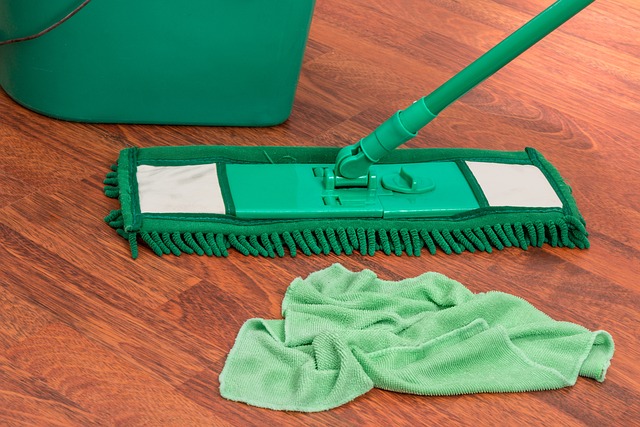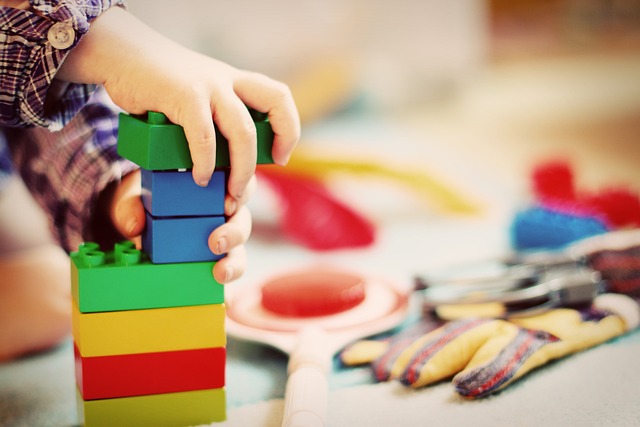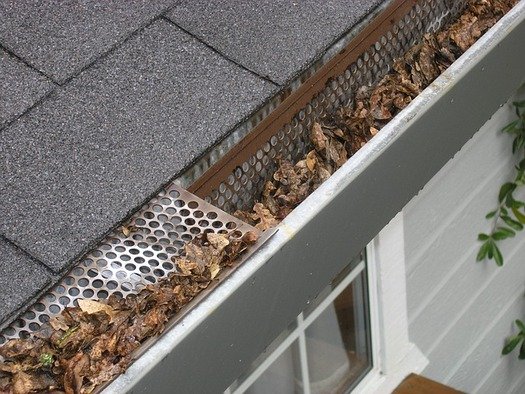Cleaning is an essential part of maintaining a healthy and hygienic home. We often reach for cleaning products without thinking about their environmental impact. However, many common household cleaning products can have a significant negative effect on the environment.
In this article, we will explore the environmental impact of common household cleaning products, highlighting important data and sharing insights that can help us make more eco-friendly choices.
The Harmful Ingredients in Cleaning Products

Cleaning products are often loaded with chemicals that can harm the environment. Here are some common harmful ingredients found in many household cleaners:
- Phosphates: Phosphates are commonly used in detergents and dishwashing soaps. While they help break down dirt and grime effectively, they have detrimental effects on aquatic ecosystems. When phosphates enter water bodies, they promote the growth of algae, leading to imbalances in aquatic environments and harming fish and other marine life.
- Volatile Organic Compounds (VOCs): VOCs are commonly found in aerosol sprays, air fresheners, and certain cleaning products. These compounds can contribute to indoor and outdoor air pollution and are known to have adverse effects on human health. They can also react with other pollutants in the atmosphere, leading to the formation of smog and contributing to climate change.
- Chlorine bleach: Chlorine bleach is a powerful disinfectant commonly used in household cleaners. However, it can be harmful when it enters the environment. Chlorine reacts with organic matter to form toxic compounds called organochlorines, which can persist in the environment for a long time and have detrimental effects on wildlife and ecosystems.
- Ammonia: Ammonia is often found in glass and surface cleaners. While effective at cutting through grease and grime, ammonia can be harmful when released into the environment. It can react with other chemicals in the air and form fine particulate matter, contributing to air pollution and respiratory issues.
Water Pollution and Aquatic Life
Cleaning products often find their way into our waterways through various routes, such as washing down the drain or being rinsed off surfaces outdoors. The consequences of this pollution are alarming:
- According to the U.S. Environmental Protection Agency (EPA), phosphates and other water pollutants from cleaning products contribute to water pollution, leading to the degradation of water quality and the loss of biodiversity in aquatic ecosystems.
- The excessive growth of algae caused by phosphates disrupts the natural balance in water bodies. This can result in algal blooms, which deplete oxygen levels and create “dead zones” where aquatic life cannot survive.
- The toxic chemicals present in cleaning products, such as chlorine bleach and ammonia, can directly harm fish and other aquatic organisms. They can damage gills, impair reproduction, and even lead to death.
How to Choose the Right Cleaning Products for Your Home
Air Pollution and Climate Change
The environmental impact of common household cleaning products extends beyond water pollution. Many cleaning products release volatile organic compounds (VOCs) into the air, contributing to air pollution and climate change:
- VOCs react with nitrogen oxides in the presence of sunlight to form ground-level ozone, a major component of smog. High levels of ozone can cause respiratory problems, especially for people with pre-existing respiratory conditions.
- Certain cleaning products, like air fresheners and aerosol sprays, contain hydrocarbons that contribute to the formation of fine particulate matter (PM2.5) in the air. Inhalation of PM2.5 can lead to respiratory and cardiovascular issues.
- VOCs, including those found in cleaning products, are also considered greenhouse gases. They contribute to the greenhouse effect, trapping heat in the atmosphere and contributing to climate change.
Safer Alternatives and Eco-Friendly Choices
Thankfully, there are safer alternatives and eco-friendly choices available that can help reduce the environmental impact of household cleaning:
- Look for cleaning products labelled as “phosphate-free” or “low-phosphate.” These products are formulated to minimize their impact on aquatic ecosystems.
- Choose cleaning products that are labelled as “VOC-free” or “low-VOC.” These products are less likely to contribute to indoor and outdoor air pollution. Opt for non-aerosol alternatives whenever possible.
- Consider using natural and homemade cleaning solutions. Ingredients like vinegar, baking soda, and lemon juice can be effective for various cleaning tasks. They are safe for the environment, and you can create your own customized cleaning products.
- Use microfiber cloths and reusable cleaning tools instead of disposable wipes and paper towels. This reduces waste and promotes sustainability.
- Dispose of cleaning products properly by following local guidelines. Avoid pouring them down the drain or disposing of them in the trash if they contain hazardous chemicals.
Read also 10 Top Reasons to Hire a Professional Cleaning Service
Conclusion
Being mindful of the environmental impact of common household cleaning products is crucial for protecting our planet. By understanding the harmful ingredients in these products and opting for safer alternatives, we can make a positive difference. Let’s choose eco-friendly cleaning options and contribute to a healthier and more sustainable future for ourselves and the generations to come. Remember, small changes in our cleaning habits can lead to significant improvements in the well-being of our environment.












